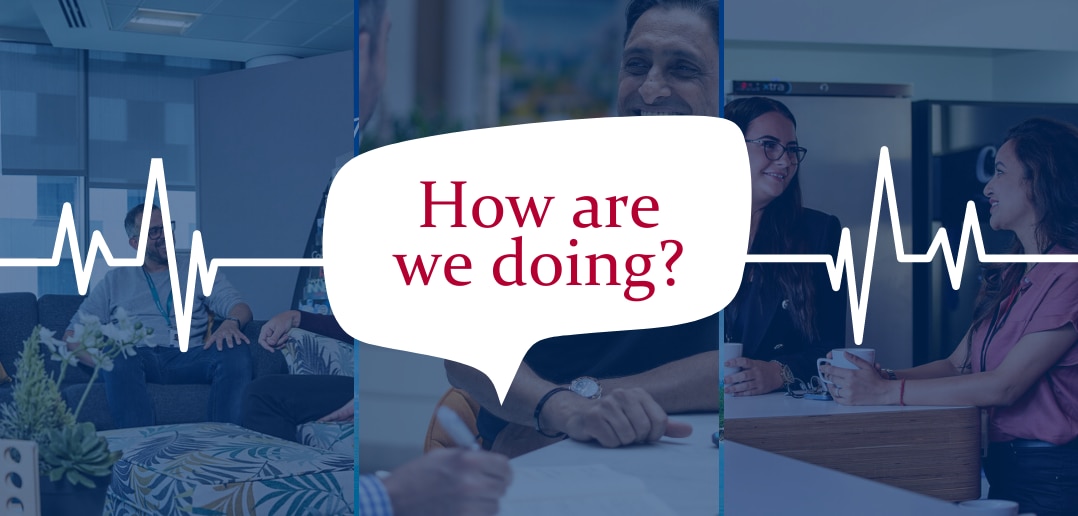In March, we asked colleagues ship and shore to tell us about their experience of working for Carnival UK.
Fostering a strong culture is one of our top priorities and your feedback makes a real difference in helping us to understand how we can make Carnival UK a better place to work.

How are we doing shoreside?
We achieved a fantastic response rate of 85% and we’re really pleased to see that our overall Carnival UK employee Net Promoter Score (eNPS) is 31.
As Jo Phillips mentioned in our last business update, we’ve set ourselves an eNPS target of 31 to ensure that we keep a laser focus on our colleague experience. We’re delighted to have reached our target, however, it doesn’t mean we will rest easy. We always want to improve and taking action from your feedback remains as important as ever.

How are we doing on board our ships?
On board, we achieved a response rate of 54% which is the highest response we’ve ever seen.
Cunard maintained an eNPS of 41 (maintaining the increase seen earlier this year).
P&O Cruises eNPS increased from 6 to 17, returning to levels seen in 2022.
What is an employee Net Promoter Score (eNPS)?
We calculate this score based on responses to the question, “On a scale from 0-10, how likely are you to recommend Carnival UK as a great place to work to a friend or colleague?” Our eNPS gives us a score between -100 to 100.
The score is calculated by subtracting the percentage of colleagues who answer 6 or lower (known as ‘detractors’) from the percentage of colleagues who answer 9 or 10 (known as ‘promoters’).
The score is negative when there are more detractors than promoters, and positive in the opposite direction. Any score above 0 is ‘good’ because it indicates that we have more promoters than detractors.
Finding out your local results
Over the coming weeks, you’ll hear more about your local department results from your Employee Engagement Groups (EEGs) and ship’s Senior Management Teams (SMT).
During this time, we’ll also be sharing insights and working with our Executive Leadership Team (ELT) to create a central action plan that’ll run across both ship and shore. We’ll share more about this and our overall themes in the coming months.
More about the results and how we use the data
The results are presented in an aggregate format via a Tableau dashboard, and are summarised to highlight trends by department. Our ELT, EEGs and SMT all see the same data and they can’t identify individuals from their responses. We also have a minimum number of respondents to ensure anonymity of all participants. This means that results are only generated if more than ten colleagues respond per team.
We ask a number of questions at the beginning of the survey in order to support our commitment to fostering an inclusive culture. We want to reiterate that this data is never used to identify individuals and is only used to better understand the experiences of groups, not individuals. For example, we may look at the experience of those with disabilities compared to those without disabilities. This information is only shared at a summarised, high level and only if there are more than ten respondents within a group.
What’s next?
We’ll run the survey again in September, so we can understand how we’re doing against our action plans.

